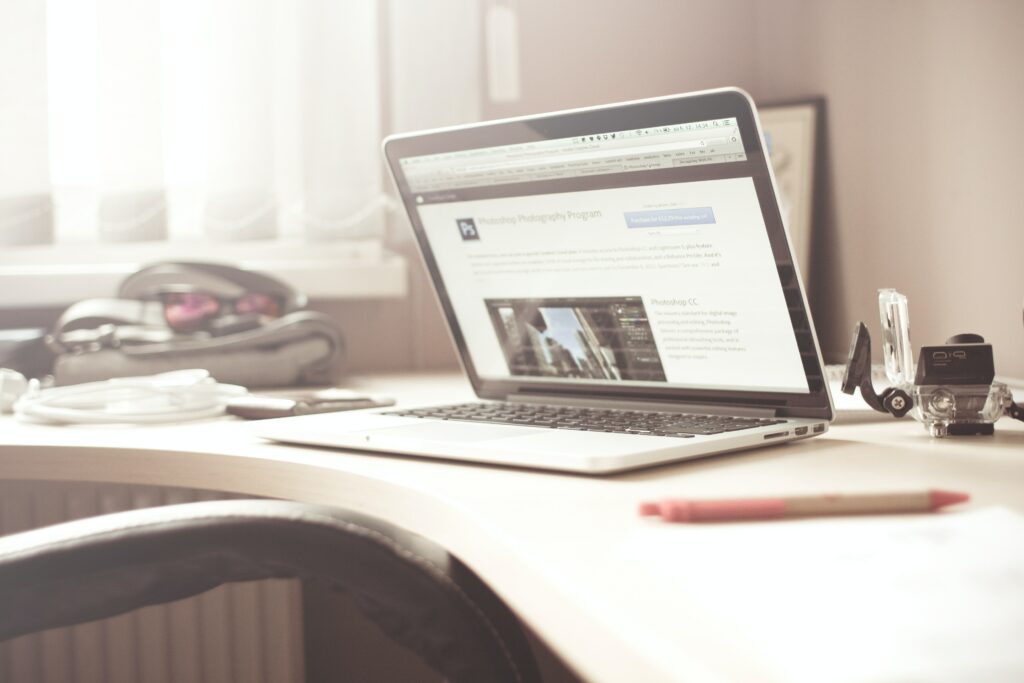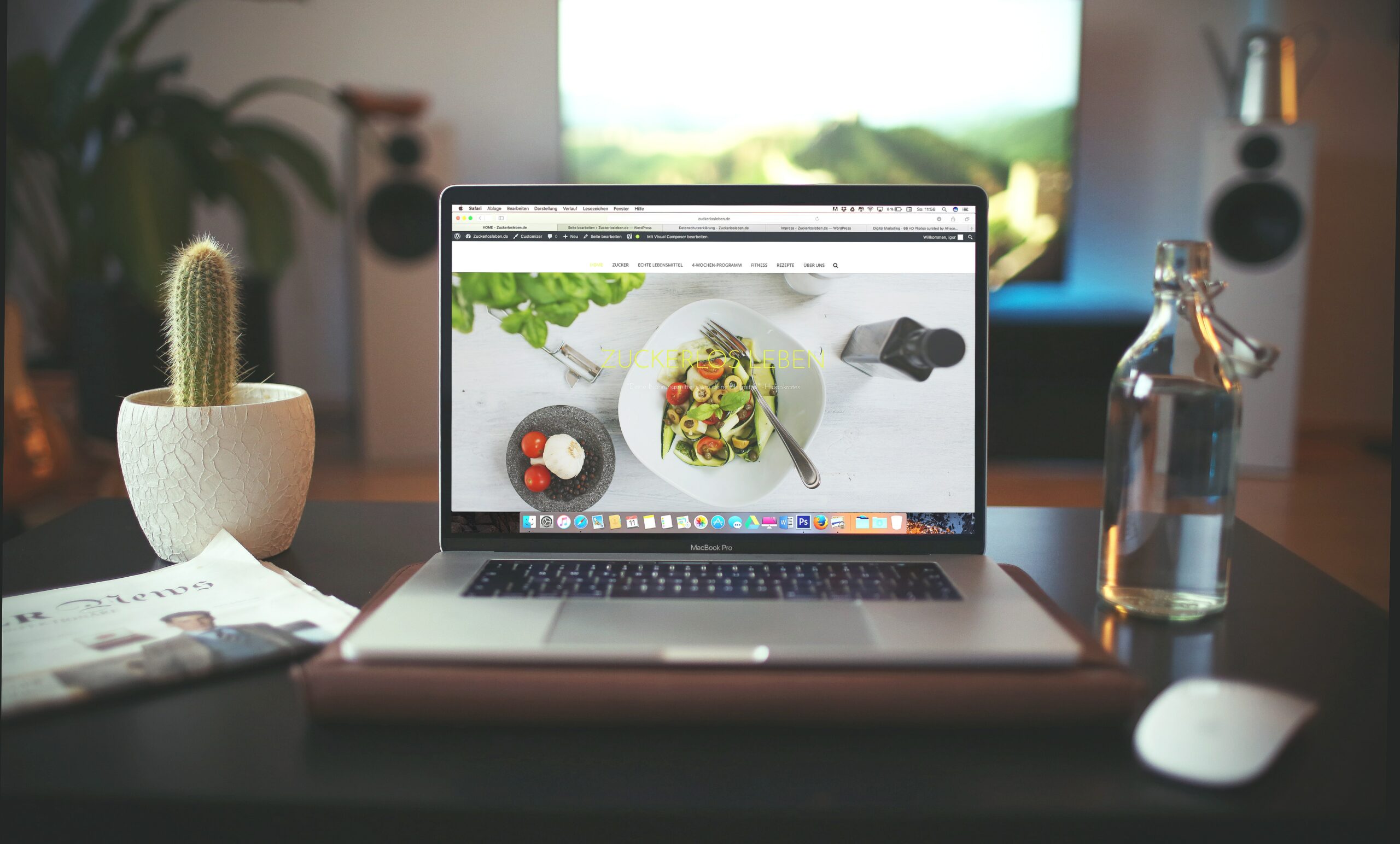If you’re running a WordPress site, you know how important it is to keep it in top shape. After all, your site is often the face of your business or brand, and you want it to be fast, secure, and reliable. However, maintaining a WordPress site can be a daunting task, especially if you’re not familiar with the technical aspects of website management. That’s why it’s essential to know what you need to keep your WordPress site care. Doing so will help you keep your site running smoothly and ensure that you’re getting the most out of it.
5 Things You Need to Know Before You Start Your WordPress Site Care

Here are five things you need to know before you start your WordPress site care:
1. Choose a hosting plan that fits your needs
First and foremost, you need to choose a hosting plan that fits your needs. If you’re just starting out, a shared hosting plan may be ideal for you. This type of plan allows multiple users to access your site at the same time, which is helpful if you have multiple collaborators working on your project. On the other hand, if you’ve got a larger project with multiple contributors, a dedicated server may be a better option. Dedicated servers offer more resources (including faster speeds and more storage space) and are typically more expensive than shared plans, but they provide greater security and reliability.
2. Set up a secure WordPress site
One of the most important steps you can take to maintain a successful WordPress site care is to set up a secure site. This means ensuring that your site is protected from hacker attacks and cybersquatting scams. To do this, you’ll need to install SSL (Secure Sockets Layer) certificates and make sure that your site’s security settings are up to date. Additionally, make sure to protect your login information and use strong passwords.
3. Optimize your images
One of the biggest factors impacting the speed and performance of a WordPress site care is the size and quality of your images. Make sure to optimize your images for web delivery using compression techniques such as JPEG 2000 or GZip. Additionally, use image Alt tags to provide alternative text when images are unavailable. This information can be used by screen readers to provide more detailed information about the images.
4. Keep your site clean and organized
One of the best ways to keep your site running smoothly is to keep it clean and organized. This means removing expired content, disabling comments that are no longer relevant, and cleaning up your theme’s codebase. Additionally, make sure to regularly back up your site in case of emergencies.
5. Manage your traffic and followers
Finally, one of the most important factors you can control when it comes to maintaining a WordPress site is traffic and followers. Make sure to track how much traffic your site is receiving on a monthly or daily basis and adjust your marketing strategies accordingly. Additionally, make sure to maintain a positive blog presence and engage with followers on social media platforms such as Twitter and Facebook. By doing so, you can keep your followers informed about the latest news and updates from your WordPress site.
Essential Security Measures to Protect Your WordPress Site

WordPress is a popular content management system (CMS) used by millions of websites. It is also an attractive target for cybercriminals due to its widespread popularity. As such, it is essential to take steps to protect your WordPress site care from potential attacks. Here are a few security measures you should take to keep your WordPress site care secure:
1. Choose a secure hosting platform
The first step in protecting your WordPress site is to choose a secure hosting platform. Look for a provider that offers regular security updates, malware scanning, and DDoS protection. Additionally, ensure that the hosting provider is PCI compliant, which means that it meets the Payment Card Industry Data Security Standard (PCI DSS).
2. Use strong passwords
Using a strong password is one of the most important steps you can take to protect your WordPress site. Make sure to use a combination of uppercase and lowercase letters, numbers, and special characters. Additionally, ensure that your passwords are unique and not used on any other sites.
3. Install an SSL certificate
An SSL (Secure Sockets Layer) certificate encrypts the data that is sent between your WordPress site and its visitors. This helps protect your site from malicious attacks and ensures that your visitors’ data is secure. Additionally, an SSL certificate will help boost your site’s search engine rankings.
4. Keep your WordPress site up to date
WordPress is constantly improving its security features, so it is important to keep your site up to date. This means regularly updating your WordPress version, theme, and plugins. Additionally, make sure to delete any unused plugins or themes, as they can provide a doorway for malicious attackers.
5. Set up two-factor authentication
Two-factor authentication is an additional layer of security that requires users to confirm their identity with a code sent to their phone or email. This helps ensure that only authorized users can access your WordPress site.
Conclusion
Maintaining a WordPress site is crucial for the success of any website. It is important to keep your site updated, secure, and optimized to ensure that it functions smoothly and efficiently. This includes regularly backing up your website, monitoring for security issues, optimizing your site’s speed and performance, and keeping your plugins and themes up-to-date. By following these best practices, you can help ensure that your WordPress site is always running at its best and providing a positive user experience for your visitors. Remember to take the time to care for your WordPress site care regularly to avoid any potential problems and ensure the longevity of your website.

